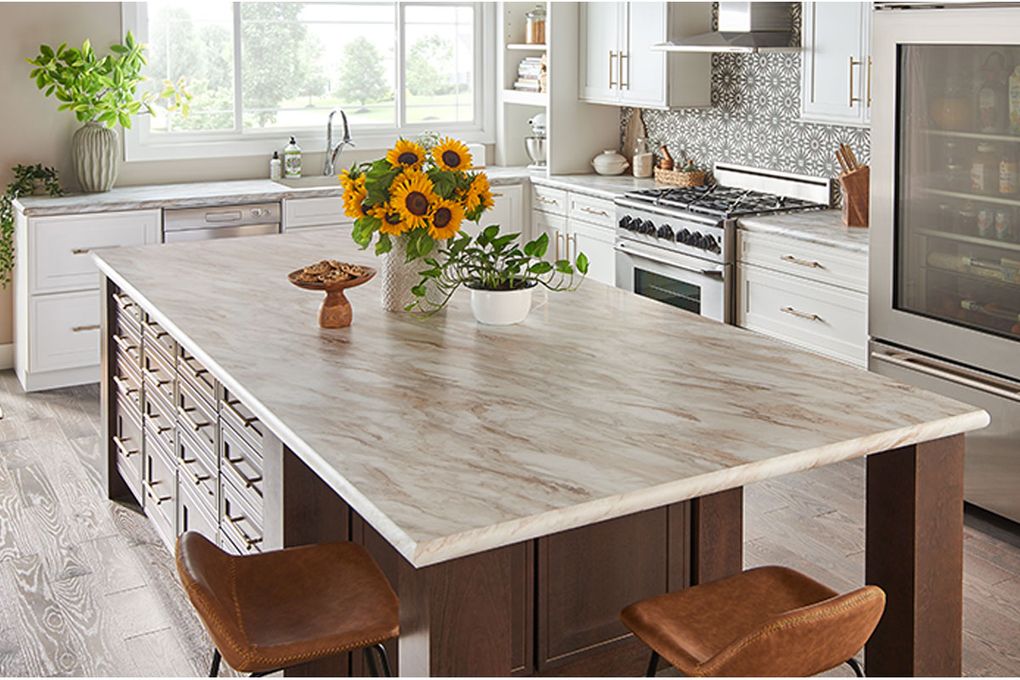3 Steps to Take When a Home Has Slow Drains
When washing dishes or taking a shower, there are few things that are as disheartening as a slow drain. When the drain is too slow, water will begin to back up in the shower or sink, which can lead to having to rush through the task at hand. Instead, homeowners and tenants alike can take 3 steps to resolve and prevent slow drains in the home.
Keeping the Drains Clean
One of the biggest causes of slow drains is clogs. Clogs tend to result from allowing large amounts of food, hygiene products, and non-biodegradable waste to go down the drain. If an item’s packaging explicitly advises the customer not to flush it or pour it down a drain, it is important to adhere to this recommendation. These items can become caught along the drainage lines, and may encourage smaller particles (such as grease or food) to build up along them, as well. Over time, water drainage will become poor.
Using Hair Traps
Hair traps are very important, as hair can make drains very slow. Both people and pets shed a lot of hair, making hair traps a popular item in most households. They fit within or above the drain, capturing hair before it has the chance to go into the drainage pipe. Men should also avoid shaving directly into the sink, as facial hair can build up along the pipes. Simply empty the traps when full, and hair will no longer slow the drains.
Avoiding Septic Backups
If a septic tank becomes full or develops problems, it may result in slow drains or the backing up of sewage. Septic services leesburg fl inspect, clean, and repair the system, eliminating issues on the septic side. In older homes or homes with larger families, this is more likely to occur. Reducing the use of harsh antibacterial cleaners will also improve the health of the septic tank, allowing waste to break down.
Slow drains are never fun to deal with, but there are many ways to help prevent them and treat them.




:max_bytes(150000):strip_icc()/GettyImages-559025517-2000-b3bece30a9074ec3958a4d39f69f2a79.jpg)


